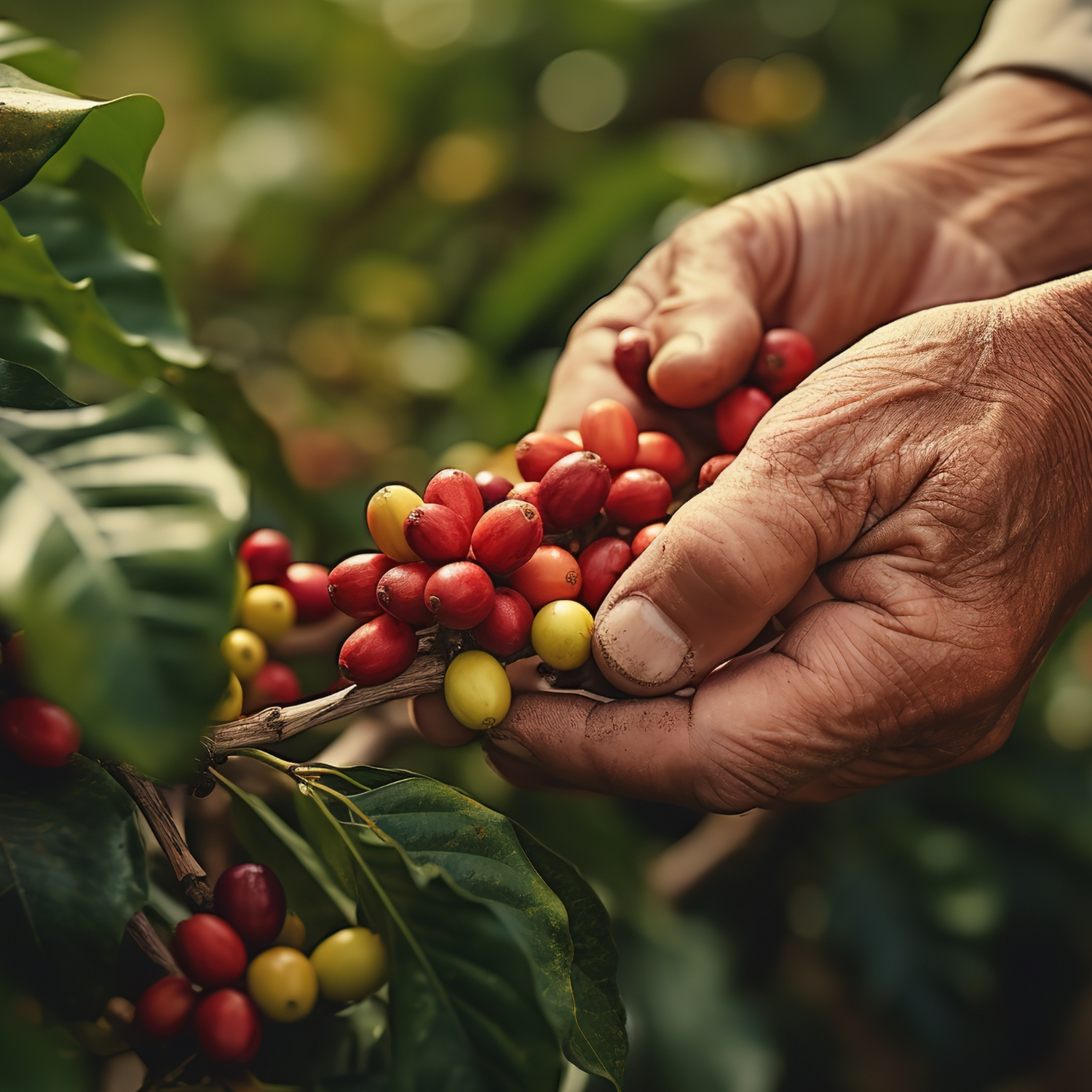
The journey of coffee through the centuries
The history of coffee is a journey through the centuries, marked by discovery, trade and cultural influence. From its humble beginnings in the mountains of Ethiopia to its global spread, the story of coffee is a fascinating tale of the relationship between man and nature.
The coffee plant thrives best in traditional forest gardens, where it grows between shade-giving trees and protects each other from pests. This natural cultivation allows coffee farmers to avoid the use of fertilizers and pesticides, which is both ecologically and economically beneficial. In Ethiopia, the country of origin of coffee, the coffee bushes are cultivated in wild mixed forests, while in Colombia private coffee farms, so-called "fincas", are used for cultivation.

The diversity of coffee extends over more than 100 species and countless varieties. The two most important species are Coffea Arabica and Coffea Canephora, better known as Arabica and Robusta. Arabica coffee accounts for the majority of global coffee production and thrives best at altitudes above 900 meters. Robusta, on the other hand, is grown at lower altitudes and is characterized by a stronger flavor.
Harvesting coffee is a task as demanding as harvesting the grapes. The coffee cherries must reach the right level of ripeness before they can be harvested. This time varies according to geographical and climatic conditions and can differ between producing countries. In Ethiopia, the harvest usually takes place between October and January, while in Colombia, depending on the region, the harvest takes place one to three times a year.
The history of coffee is one of innovation and tradition, from the art of cultivation to the art of brewing. Throughout the centuries, coffee has changed the world and become an integral part of many cultures. From the coffee houses of the 17th century to the modern cafés of the 21st century, coffee remains a symbol of conviviality, enjoyment and inspiration.
